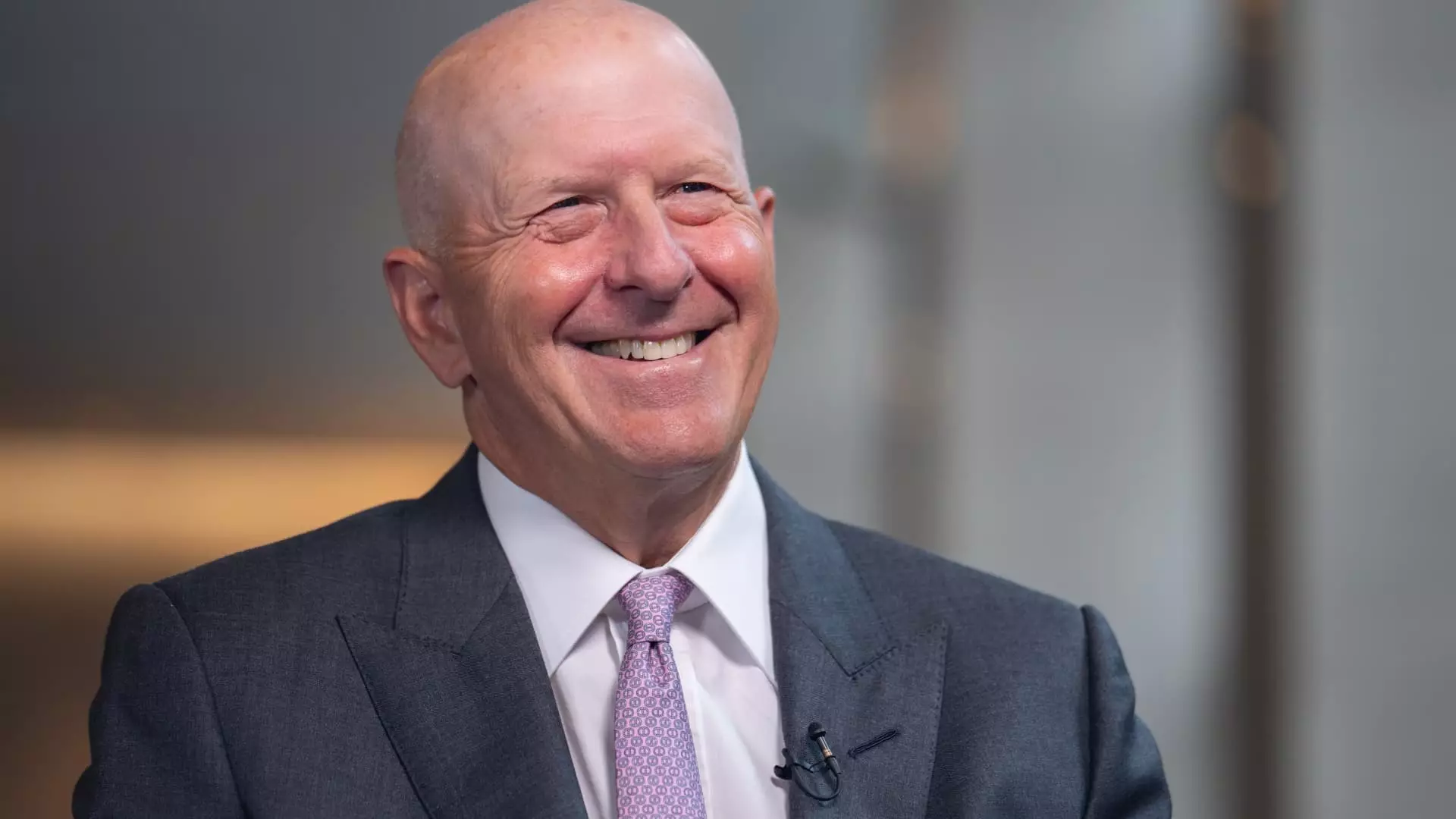In a noteworthy demonstration of resilience, Goldman Sachs reported its third-quarter earnings that not only surpassed analysts’ expectations but also highlighted the firm’s strong operational foundations amid a shifting economic climate. The company’s earnings per share reached an impressive $8.40, significantly above the anticipated $6.89, while revenue climbed to $12.70 billion, outpacing the $11.80 billion estimate. Such robust performance reflects a substantial 45% increase in profits year-over-year, amounting to $2.99 billion for the quarter, thereby indicating Goldman Sachs’ ability to adapt and thrive even amid challenges.
Goldman’s performance can be attributed to a confluence of factors, notably an increase in stock trading and investment banking activities. In this quarter, equities trading emerged as a standout performer, generating a remarkable revenue of $3.5 billion— a notable 18% increase from the previous year, outstripping estimates by over half a billion dollars. Strong interest in derivatives and cash trading contributed to this surge, showcasing the bank’s adeptness at navigating market fluctuations even during turbulent times.
Conversely, fixed income trading experienced a decline, falling 12% year-over-year to $2.96 billion. However, this revenue still exceeded the forecast of $2.91 billion. The drop can be largely attributed to a slowdown in interest rate products and commodities, reflecting the broader market conditions influenced by the Federal Reserve’s monetary policy shifts.
Investment Banking and Asset Management Flourish
Goldman Sachs also reported a robust 20% uptick in investment banking revenue, which reached $1.87 billion, surpassing estimates of $1.62 billion. This growth stemmed from increased activity in both debt and equity underwriting, indicating a rising confidence among corporations to pursue acquisitions and fundraising opportunities as the economic landscape stabilizes.
The asset and wealth management division further bolstered the company’s performance, posting a 16% revenue increase to $3.75 billion. This segment’s success underscores the significance of rising management fees and favorable investment gains, reflecting solid client relationships and a growing investor base.
CEO David Solomon underscored the “improving operating environment” as a vital factor in the firm’s positive trajectory, hinting at the potential for continued growth. As the Federal Reserve eases its benchmark rate, investment banks like Goldman Sachs may find renewed opportunities for expansion, particularly as companies that have been hesitant begin to act on their ambitions.
While investors exhibited some skepticism, with Goldman shares remaining relatively flat post-announcement, the strong results signal a promising outlook for the company and its stakeholders. Furthermore, with competitors like JPMorgan Chase and Wells Fargo also reporting impressive outcomes, the overall sentiment in the financial sector appears optimistic, suggesting that Goldman Sachs is well-positioned to capitalize on the gradual recovery of the market.


Leave a Reply